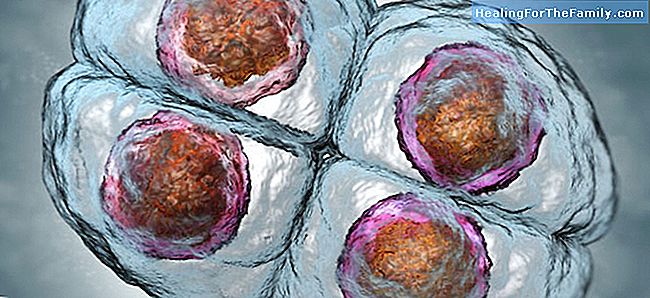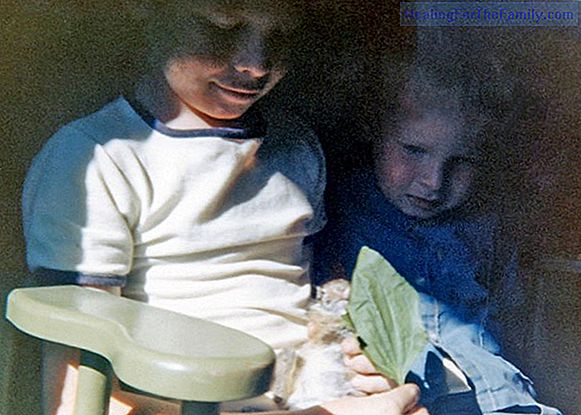Embryo reduction in a multiple pregnancy
This is a sensitive issue for parents of multiple births of which little is usually spoken. The embryonic reduction in a multiple pregnancy consists of eliminating one of the fetuses before birth, so that the rest of the babies can continue to grow without problems inside the uterus and get ahead. I
This is a sensitive issue for parents of multiple births of which little is usually spoken. The embryonic reduction in a multiple pregnancy consists of eliminating one of the fetuses before birth, so that the rest of the babies can continue to grow without problems inside the uterus and get ahead.
It is not an easy subject for parents, that far from thinking about survival rates for other babies, they live with anguish and sadness, and with the responsibility of having the last word in this election.
What is the embryonic reduction in a multiple pregnancy

It is a small surgical intervention, which is done in the case of having three or more babies in the uterus, and eliminates one of the fetuses when there is danger for the survival of others.
The risks to the mother or the fetuses, in the case of multiple pregnancies such as triplets, quadruplets, etc., are very high. The abortion rate multiplies the more babies there are in the uterus, in addition to having a greater chance of being born with congenital malformations or of having a preterm delivery.
Fortunately, the cases in whichembryonic reductionshould be considered in a multiple pregnancy
are only between 1% and 2% of pregnancies, although it is increasing due to the large number of fertility treatments to which the women are submitted in recent years.
How embryonic reduction is done It is performedbetween week 10 and 13 of gestation . With the help of an ultrasound machine, the gynecologist introduces a needle through the mother's abdomen, until it reaches the fetus or fetuses that we are going to eliminate. It is introduced an injection of potassium chloride, which stops the growth of the fetus, which will be reabsorbed by the uterine tissue
of the woman little by little. This intervention increases the chances of survival of the rest of fetuses, but also carries risks,
such as contracting an infection, so that the mother is given antibiotics before, or after the intervention abortion (between 6% and 7%); to this we must add that there is always the risk of eliminating the healthy fetus and leaving the one with the anomaly. On the other hand, it is also fatal for the monozygotic twin who shares placenta and blood stream with his brother, if this is the one chosen for its elimination.
How to choose the fetus that we will reduce The gynecologist can suggest aselective selection en, in which they tend to choose the less developed fetuses or with congenital defects. The problem for parents usually comes when the reduction is non-selective, and it is the gynecologist, together with the parents, who choose the fetus to reduce. In these cases, the fetus that is most accessible for the intervention is usually chosen, and its position within the uterus.
A traumatic decision for parents
Making the decision of an embryo reduction in a multiple pregnancy is very complicated and depends on the personal situation of each couple. Is it selfish for us to want all babies born? Are we putting the rest of the babies at risk if we do not make this decision? What will we eliminate? These questions are very stressful and distressing for them, and the decision can be traumatic in the long run if it is not very clear.
On the other hand, sharing these doubts openly with family and friends is complicated by fear of criticism or external influences.
The best way to be sure, whatever the decision we make, is to consult more than one gynecologist, or a neonatologist, to inform us about the chances of survival of the great premature babies and their consequences. Finally, it helps a lot to talk with other parents of multiple
to tell you their personal experiences.












